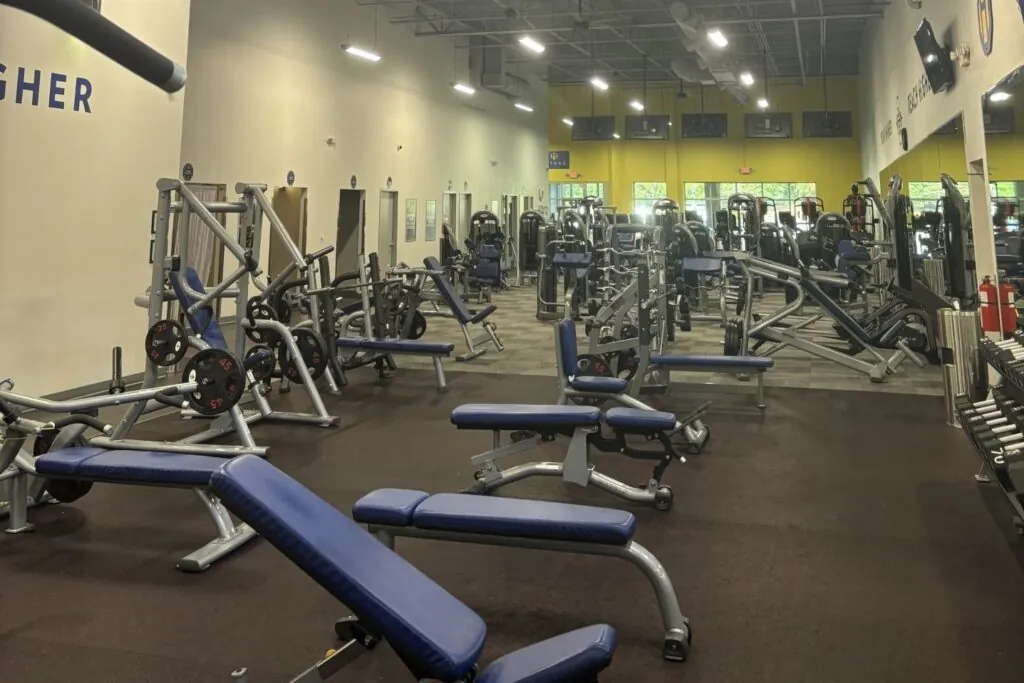We’ve all experienced that nagging tightness in our hamstrings, especially after sitting for too long or pushing hard during a workout. The discomfort can range from a slight tugging sensation to full-blown pain that affects your entire lower body. But did you know that dynamic stretching can be your best friend in easing that tension?
Dynamic stretching, unlike static stretching, involves active movements that take your muscles and joints through a full range of motion. It’s not just about getting more flexible; it’s about preparing your body for action, improving mobility, and reducing the risk of injury. In this article, we’ll dive into some essential dynamic stretches tailored specifically to tackle tight hamstrings. Whether you’re an athlete, a weekend warrior, or someone looking to move better, these stretches will help you loosen up those stubborn hamstrings and get you moving with ease.
Why do you get tight hamstrings?
The hamstrings are a group of three muscles located at the back of your thigh. They run from your hip to just below your knee and play a crucial role in movements like walking, running, and bending your knee. When these muscles become tight, they lose flexibility, making it difficult to perform daily activities or engage in physical exercise comfortably. Tight hamstrings can result from prolonged sitting, lack of physical activity, or even improper training techniques.
Ignoring tight hamstrings isn’t just uncomfortable; it can lead to more serious issues. When your hamstrings are tight, they can cause imbalances in your posture, leading to lower back pain, knee problems, and even hip issues. Athletes with tight hamstrings are particularly at risk of strains or tears, which can sideline them for weeks or even months. Regular stretching, particularly dynamic stretching, can prevent these problems and keep your hamstrings healthy and flexible.
Benefits of dynamic stretching
Before we jump into the specific stretches, let’s clear up the difference between dynamic and static stretching. Static stretching involves holding a stretch for a prolonged period, usually after a workout. It’s great for increasing flexibility but doesn’t do much to warm up your muscles.
Dynamic stretching, on the other hand, involves moving parts of your body and gradually increasing reach, speed of movement, or both. It’s an excellent way to warm up because it gets your blood flowing, improves mobility, and prepares your muscles and joints for the physical activity to come. When it comes to dealing with tight hamstrings, dynamic stretches are particularly effective because they mimic the movements you’ll be doing in your workout, whether it’s running, jumping, or playing sports.
Essential dynamic hamstring stretches
These exercises are designed to improve flexibility, enhance mobility, and reduce the risk of injury.
- Leg swings: Stand next to a wall or a sturdy object for support. Swing one leg forward and backward in a controlled manner. Keep your movements smooth and increase your range of motion with each swing. Aim for 15-20 swings on each leg.
- Walking lunges: Step forward with one leg and lower your hips until both knees are bent at about 90 degrees. Push off your back leg and bring it forward to step into the next lunge.
- High knees: Stand with your feet hip-width apart. Quickly drive one knee towards your chest while hopping on the other foot. Switch legs quickly and continue the motion as if you’re running in place. Keep your core tight and your back straight.
- Butt kicks: Stand with your feet hip-width apart. Begin by jogging in place, but instead of lifting your knees, focus on kicking your heels up towards your glutes. Keep your core engaged and your movements controlled.
Check out our blogs if you want to find out more fitness tips from our fitness experts.
When to do these dynamic stretches?
Dynamic stretches are best performed before engaging in any physical activity, especially activities that involve the lower body, like running, cycling, or sports. This is because they help to warm up your muscles, increase blood flow, and prepare your body for the demands of your workout.
You can also use dynamic stretching as part of your daily routine, even if you’re not planning on working out. For instance, if you’ve been sitting for an extended period, taking a few minutes to perform some dynamic hamstring stretches can help reduce stiffness and improve your overall mobility.
Final thoughts
Tight hamstrings can be a real pain, literally. But with the right approach to dynamic stretching, you can loosen them up, improve your flexibility, and prevent injuries. By incorporating the dynamic stretches outlined in this article into your routine, you’ll be giving your hamstrings the attention they deserve, setting yourself up for success in your workouts and daily life.





